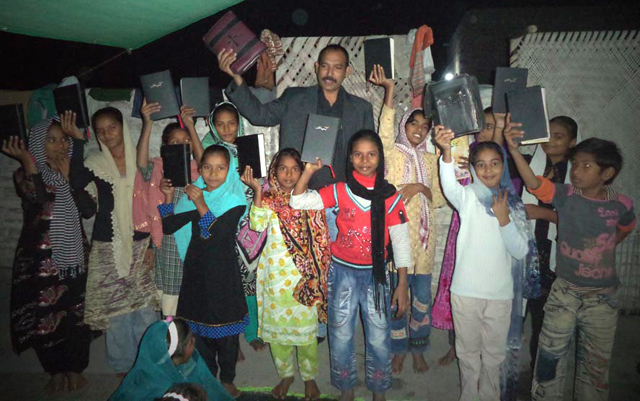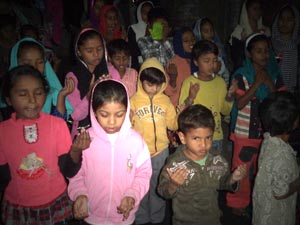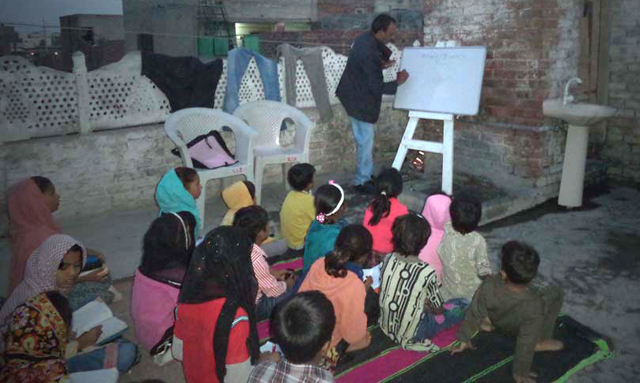The Blogging Pulpit—Open 7 Days per Week
Few preachers are serious bloggers.
On one hand, you can’t blame them. Blogging has only been popular for a short decade. Pastors aren’t trained that way and neither are most teachers of pastors.
On the other hand, blogging embraces new tools that could revive an ancient and failing medium. It deserves attention.
Sermons have a built-in schedule. The deadline is Sunday. Some pastors plan ahead. Others ponder until Saturday night. This weekly discipline belongs to a bygone era. Fewer people attend church. Many aren’t listening. They are taking time from modern lives in which many communicators are vying for their attention. Consequently, the once-a-week sermon is failing to communicate.
Nevertheless, it eats up a healthy chunk of every congregation’s budget.
Why aren’t more preachers excited by the new possibilities to reach the world with the Good News?
 Great preachers of the past would have jumped at using technology!
Great preachers of the past would have jumped at using technology!
Consider Martin Luther. He wrote prolifically. He was effective because his writing coincided with the invention of the printing press.
Imagine Martin Luther with a laptop!
The discipline of daily writing combined with today’s marvelous ability to reach individuals, if practiced religiously, could reach vast new audiences.
It is likely to breathe new life into old scripture.
- Blogging makes you think.
- Thinking leads to questions and the pursuit of answers.
- Writers tend to be careful with their words.
- Blogging every day makes you think of things from different viewpoints.
- Some of those viewpoints will consider the lives of the people you hope to reach.
This will happen because preachers will run out of material if they don’t think outside their sanctuary.
I’ve been writing here for nearly three years. It was a challenge at first. I didn’t start blogging daily until I’d posted once or twice a week for four or five months.
When I started posting daily, things started happening. The audience started to grow and so did my discipline. Blogging on behalf of my church became the cornerstone of Redeemer’s new ministry. We are still stretching and experimenting and we are doing it with NO budget.
Blogging differs from preaching in one big way. It is two-way. People can engage. They can contribute. They share links. Sometimes they comment online. More often they call or email. Dialogue is good!
But dialogue in the church tends to be one-sided.
The ability to reach people who can respond makes you think about how the words you say or write will resonate with readers. Blogging preachers will start looking for new ways to communicate.
Example from 2×2’s experience:
The highest traffic post on 2×2 is an old post about mission statements. It never fails to have a few reads every day! This is a “hot” topic.
Last week, 2×2 re-purposed this post with a Powerpoint presentation to provide a tool for churches discussing mission statements. It was posted late last week and has been downloaded 100 times so far and has been embedded in 59 other websites! That’s hardly viral. But consider the size of Redeemer and our mission. Our blog reaches more people each week than attend the services of any other church in SEPA Synod.
Blogging is a powerful tool for preachers who care about the impact of their words.
So why are church websites so dry? Why do preachers do little more than post their Sunday sermons (if that)? Do they follow the traffic statistics to see if this is effective or do they just keep doing it?
Few people go to the internet to read 20-minute sermons.
They DO go to the internet for inspiration, however.
Most attend the internet every day—not just on Sunday.
When they are inspired, it is so easy for them to hit a button and share with dozens more.
That’s good news for the Good News.






